738891
2,5-Bis(trimethylstannyl)thiophene
97%
Synonyme(s) :
1,1′-(2,5-thiophenediyl)bis[1,1,1-trimethyl] Stannane
About This Item
Produits recommandés
Niveau de qualité
Pureté
97%
Forme
solid
Pf
93-102 °C
Chaîne SMILES
C[Sn](C)(C)c1ccc(s1)[Sn](C)(C)C
InChI
1S/C4H2S.6CH3.2Sn/c1-2-4-5-3-1;;;;;;;;/h1-2H;6*1H3;;
Clé InChI
KKRPPVXJVZKJON-UHFFFAOYSA-N
Application
- Technical note: Evaluating nuclear magnetic resonance spectroscopy for determining body composition in Holstein dairy calves using deuterium oxide dilution methods.: This research explores the application of nuclear magnetic resonance spectroscopy, combined with deuterium oxide dilution, to accurately determine body composition in dairy calves. This method could offer a non-invasive alternative for assessing nutritional status and growth metrics in livestock management (Chapman et al., 2017).
- Estimating lean mass over a wide range of body composition: a calibration of deuterium dilution in the arctic ground squirrel.: This study calibrates deuterium oxide dilution for estimating lean mass in Arctic ground squirrels. The findings could enhance our understanding of body composition changes in hibernating species, potentially influencing studies on metabolic adaptations and energy usage (Lee et al., 2011).
- Long-day photoperiod that enhances puberty does not limit body growth in Holstein heifers.: Investigates how extending daylight hours affects the growth and reproductive timing in dairy heifers. Deuterium oxide was used to measure body water and composition, providing insights into how light exposure can influence animal development (Rius et al., 2005).
Mention d'avertissement
Danger
Mentions de danger
Conseils de prudence
Classification des risques
Acute Tox. 1 Dermal - Acute Tox. 2 Inhalation - Acute Tox. 2 Oral - Aquatic Acute 1 - Aquatic Chronic 1
Code de la classe de stockage
6.1A - Combustible acute toxic Cat. 1 and 2 / very toxic hazardous materials
Classe de danger pour l'eau (WGK)
WGK 3
Faites votre choix parmi les versions les plus récentes :
Déjà en possession de ce produit ?
Retrouvez la documentation relative aux produits que vous avez récemment achetés dans la Bibliothèque de documents.
Les clients ont également consulté
Articles
The soaring global demand for energy, coupled with the limited supply of fossil fuels, has increased the need for renewable, low-cost energy sources. Organic electronics have shown great promise for applications in lighting, power, and circuitry, with rapidly improving performance already surpassing that of amorphous silicon-based counterparts.
Professor Chen (Nankai University, China) and his team explain the strategies behind their recent record-breaking organic solar cells, reaching a power conversion efficiency of 17.3%.
Notre équipe de scientifiques dispose d'une expérience dans tous les secteurs de la recherche, notamment en sciences de la vie, science des matériaux, synthèse chimique, chromatographie, analyse et dans de nombreux autres domaines..
Contacter notre Service technique![2,5-Bis(trimethylstannyl)-thieno[3,2-b]thiophene 97%](/deepweb/assets/sigmaaldrich/product/structures/126/532/26557e94-858e-4c96-90de-ca88d84a8727/640/26557e94-858e-4c96-90de-ca88d84a8727.png)
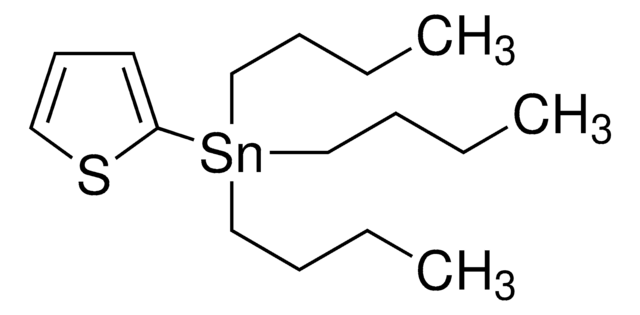
![1,1′-[4,8-Bis[5-(2-ethylhexyl)-2-thienyl]benzo[1,2-b:4,5-b′]dithiophene-2,6-diyl]bis[1,1,1-trimethylstannane]](/deepweb/assets/sigmaaldrich/product/structures/611/912/a638a6fe-ca7b-4674-8023-df4c0921a9fd/640/a638a6fe-ca7b-4674-8023-df4c0921a9fd.png)

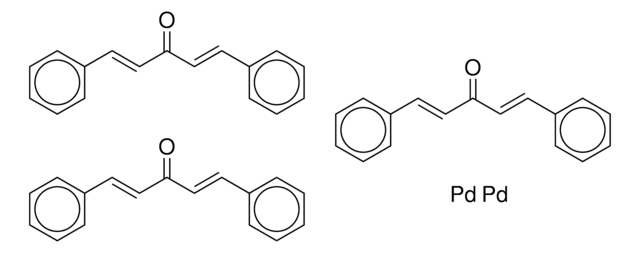


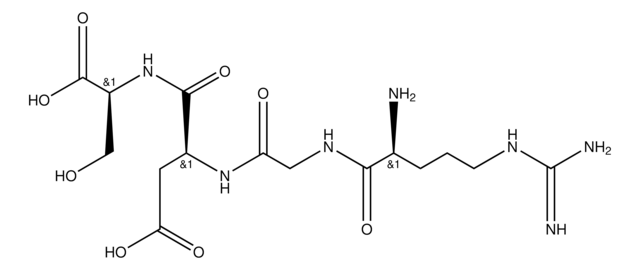
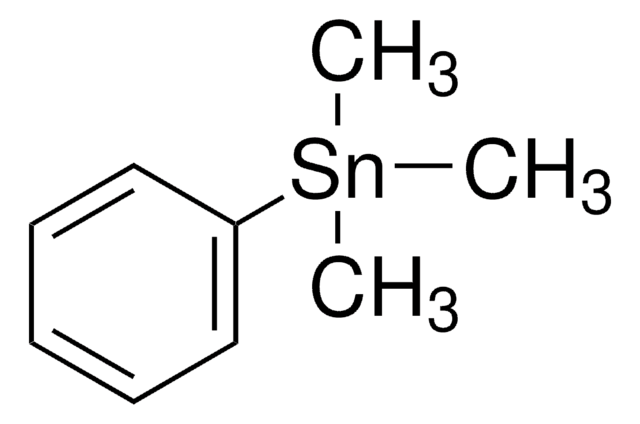
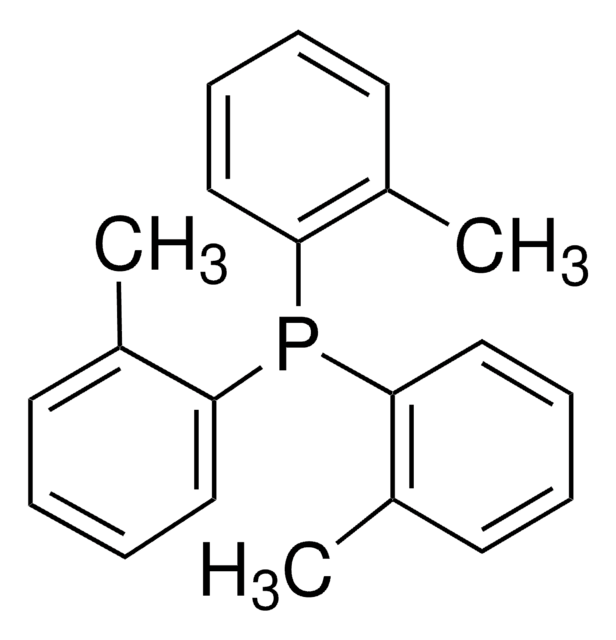


![Dithieno[3,2-b:2′,3′-d]thiophene 97% (HPLC)](/deepweb/assets/sigmaaldrich/product/structures/502/826/9222eb9f-669e-4f11-ad3a-91a3d43058cd/640/9222eb9f-669e-4f11-ad3a-91a3d43058cd.png)